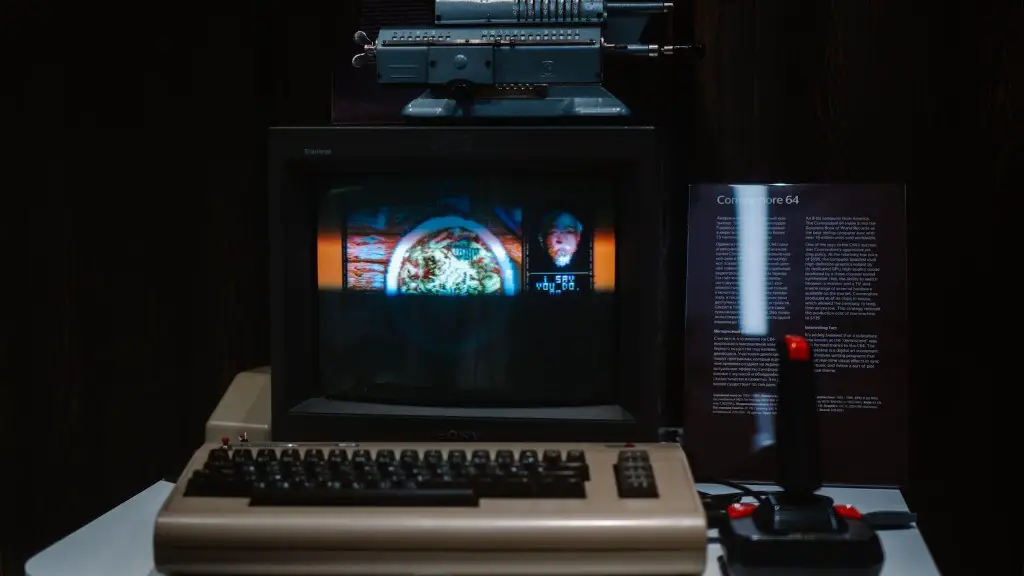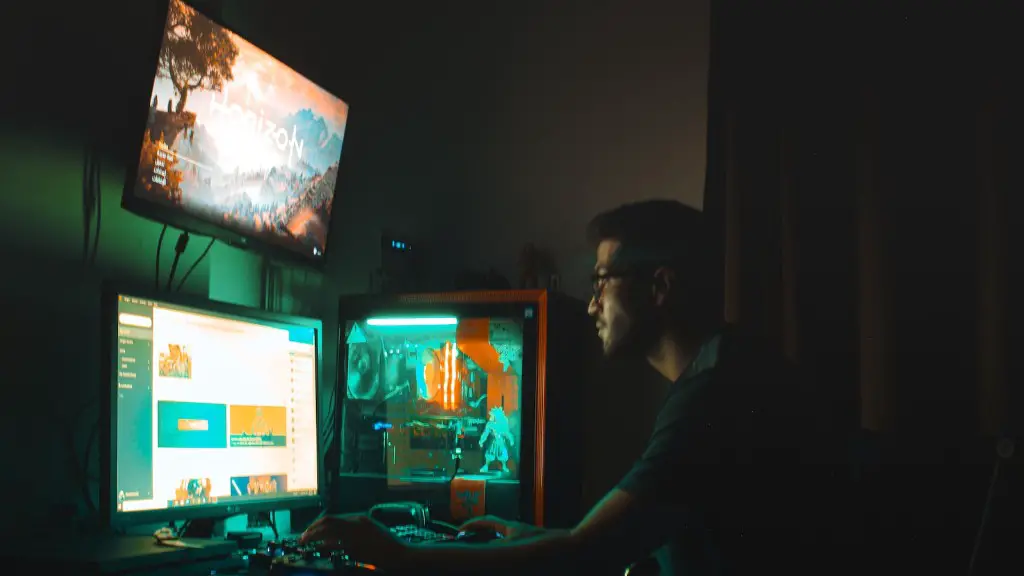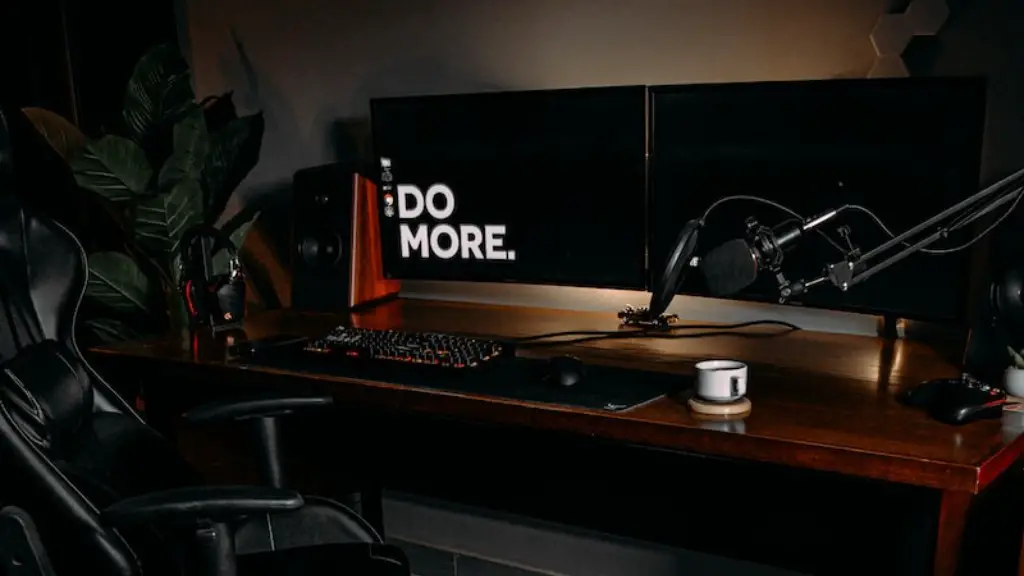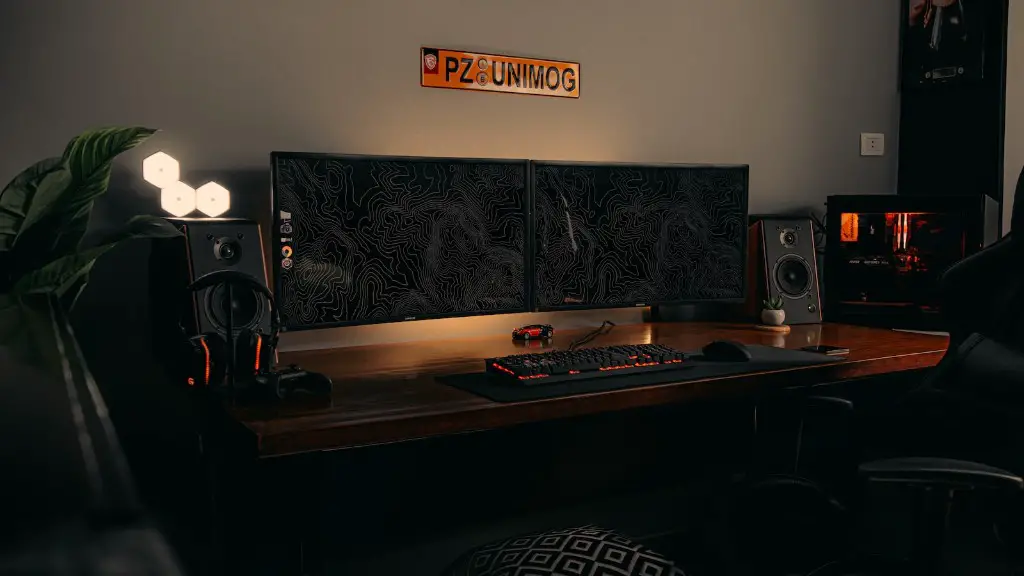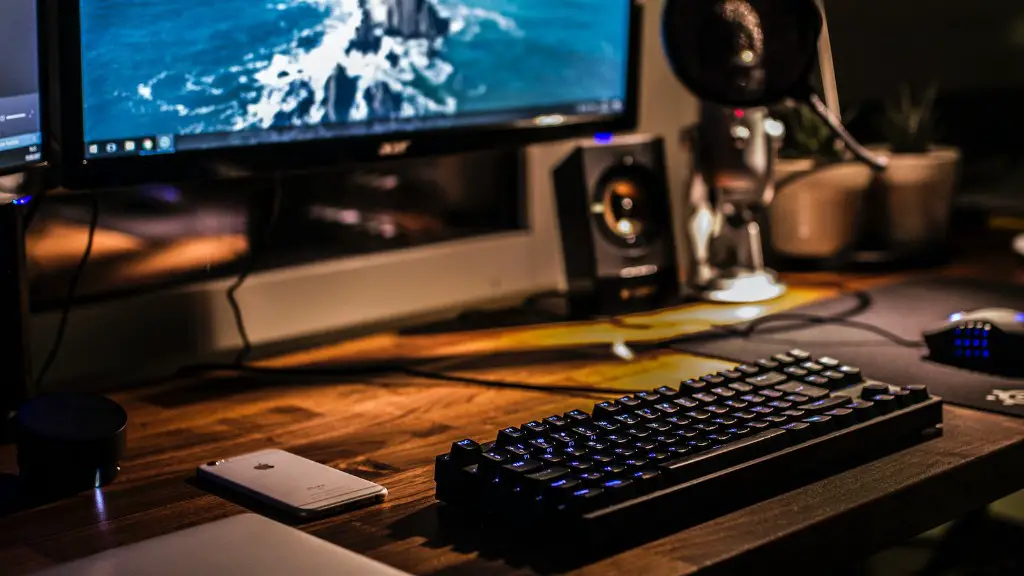gamer laptops are becoming more popular as people increasingly use them for both professional and personal gaming. Overclocking a gaming laptop can help to improve its performance, but it is important to do so carefully to avoid damaging the hardware. This guide will explain how to overclock a gaming laptop safely to get the most out of it.
There is no one-size-fits-all answer to this question, as the process of overclocking a gaming laptop can vary depending on the make and model of the laptop. However, there are some general tips that can be followed when overclocking a gaming laptop. Make sure to research the specific model of laptop that you have to find out what its potential overclocking capabilities are. It is also important to have a cooling system in place to prevent the laptop from overheating during the overclocking process. Many laptops have built-in overclocking features, so be sure to check the settings on the laptop to see if this is an option. Finally, always start with a small overclock and gradually increase the frequency as needed. If the laptop starts to experience any stability issues, back off on the overclock until the problem is resolved.
Is it safe to overclock a gaming laptop?
Yes, GPU overclocking is safe if done properly. Overclocking your GPU can help improve your PC’s performance, but you need to be careful as you can also damage your hardware if you do it incorrectly. Make sure to do your research and only overclock your GPU if you’re confident in your abilities.
Overclocking a laptop can be done in several ways. One way is to tweak the BIOS settings. Another way to overclock a laptop is to use generic overclocking software to adjust CPU voltage and timing. Additionally, overclocking a laptop can also be done with Intel and AMD programs designed specifically for that purpose.
How do I overclock my CPU for gaming laptop
Laptop CPUs generally can’t be overclocked for a few reasons. Firstly, the hardware typically doesn’t allow it. Secondly, even if the hardware did allow it, laptops wouldn’t be able to be cooled safely enough to overclock.
If you have a desktop PC, you need to check if your processor supports overclocking before attempting it.
Overclocking your CPU can be a great way to improve its performance. However, it’s important to first baseline your temperatures and performance before making any changes. This will help you ensure that your CPU is ready to handle the extra stress of overclocking. Once you’ve baselined your CPU, you can begin multiplier tuning. This involves raising the CPU’s multiplier to increase its clock speed. You may also need to raise the core voltage to stabilise the CPU. Once you’ve found the right combination of settings, rinse and repeat the process to ensure that your CPU is running at its best.
Does overclocking damage laptop?
Overclocking is the process of running a component at a higher speed than it was designed for. This can be done with CPUs, GPUs, RAM, and motherboards. Overclocking can lead to increased heat output and can potentially damage components if done improperly. However, with modern materials and proper cooling, overclocking is safe for most components. The biggest risk in overclocking is that the temperature of the component will increase. However, even this is rare with proper cooling.
Overclocking your GPU can help improve its performance, but it also puts it at risk for generating more heat. This can shorten the lifespan of your GPU if not properly cooled, as the higher temperature can damage many parts of the GPU. Make sure you have a good cooling system in place if you plan on overclocking your GPU.
Is it OK to overclock laptop GPU?
Overclocking a laptop CPU or GPU is not safe as it can decrease the lifespan of the components. Overclocking requires good cooling, and laptops are not able to provide the necessary cooling for overclocked components. Therefore, it is not recommended to overclock a laptop.
Updating your graphics card drivers can be central to the gaming performance on your PC. Many gamers tend to overlook this step, but it is important to keep your drivers up to date. AMD and Nvidia release new drivers frequently, so it is important to download the latest drivers from their website. You can also use a tool like Driver Booster to update your drivers automatically.
Changing your video game settings can also help to increase FPS. Lowering the resolution, for example, can help to increase FPS. If you are playing on a laptop, you can also try to enable Game Mode in Windows 10. This will help to optimize your PC for gaming.
If you want to further optimize your PC for gaming, you can try overclocking your graphics card. This can help to increase FPS. However, it is important to be careful when overclocking your graphics card, as it can potentially damage your hardware. You can find tutorials online on how to overclock your graphics card.
Increasing your RAM can also help to increase FPS. This is because more RAM can help your PC to run more smoothly. If you are playing games that are very resource-intensive, you may need to upgrade your RAM.
If you want to increase FPS significantly, you
Can overclocking ruin your PC
If you overclock your CPU, be aware that overheating is the number one problem you may face. Overheating can cause your CPU to fail, and can also cause permanent damage. Overclocking will sometimes introduce an element of sporadic performance in your computer.
Overclocking is the process of boosting a computer’s clock speed beyond its factory default.
By overclocking, you can extract more performance from your CPU and keep up with the latest games and applications that may otherwise be too demanding for your system.
However, overclocking can also result in stability issues and decreased lifespan for your CPU, so it is important to proceed with caution and do your research before attempting to overclock your CPU.
How do I optimize my laptop for gaming?
1. Keep your laptop charger plugged in while gaming to improve performance.
2. Play games on a suitable surface to avoid any interference.
3. Adjust your gaming laptop’s power settings for optimal performance.
4. Speed up laptop fans to avoid heat throttling and enjoy increased FPS.
5. Close background apps that may be eating up your laptop’s resources.
6. Check your network speed if you’re playing online games for a smooth experience.
Overclocking RAM can lead to faster data transfer rates, which can in turn lead to better performance. However, it is important to note that overclocking RAM can also lead to stability issues. As such, it is important to be aware of the risks before overclocking RAM.
How to overclock RAM speed
Overclocking your computer’s CPU is a great way to get more performance out of your system. However, it is important to note that overclocking comes with some risks. Be sure to do your research and know what you are doing before you attempt to overclock your CPU.
To overclock your CPU, you will need to adjust the frequency and timings. You can typically do so in the UEFI/BIOS in the same section as adjusting the frequency. You’ll have to disable XMP profiles and switch to manual overclocking.
Tightening the timings means that you’ll be tweaking the various numbers, saving your new settings, and then restarting the computer to see if it runs smoothly. If it does, you can try pushing the CPU frequency a bit higher and repeating the process. Just be sure to keep an eye on your system’s temperatures and make sure they don’t get too high.
To check if your CPU is overclocked, you need to find the CPU frequency and the multiplier, multiply them, and compare the result to the stock clock speed. If the result is higher, your CPU is overclocked. If not, then the CPU is still in its stock configuration.
Is overclocking a CPU hard?
Overclocking is the process of speeding up a computer’s components beyond the manufacturer’s specification in order to increase its performance. It has become much easier to overclock components in recent years, but it still requires some knowledge and comes with some risks. If you push your CPU too far, you could degrade its lifespan or even damage it irreparably. Overclocking can give your computer a significant performance boost, but you should be aware of the risks before you attempt it.
Overclocking your CPU or other components can damage your computer. It can void the warranty on your CPU and motherboard. In some cases, it can also damage the RAM on your computer.
Can overclocking burn CPU
Overclocking your CPU can give you a faster PC without spending extra money. However, there are some risks associated with it. You may permanently damage your CPU by overheating it, or you may make Windows unstable by failing to feed enough voltage to the CPU.
Assuming you would like a summary of the article:
The article goes over the basic steps one needs to take in order to overclock their PC. This involves downloading a benchmarking software to see how your PC performs under its current settings. Once you have this information, you can begin to change your core clock and re-benchmark to see the changes. If you want to push your PC further, you can also increase your voltage and memory clock. Finally, the article recommends running a final stress test and playing some games to really see the effects of your overclocking.
Conclusion
There is no one-size-fits-all answer to this question, as the best way to overclock a gaming laptop will vary depending on the specific model and make of the laptop. However, there are some general tips that can be followed in order to safely overclock a gaming laptop. First, it is important to ensure that the laptop is properly cooled, as overheating can damage the internal components. It is also important to use caution when increasing the clock speed, as too high of a speed can lead to instability and crashes. Additionally, it is a good idea to create a backup of the laptop’s BIOS before making any changes, in case something goes wrong during the overclocking process.
overclocking a gaming laptop can be done by following a few simple steps. first, find out what kind of processor your laptop has and what its maximum speed is. next, increase the speed of the processor by a slight margin. then, increase the speed of the graphics card and memory. finally, save the changes and reboot the laptop. keep an eye on the temperatures of the components while gaming to make sure they don’t overheat.
